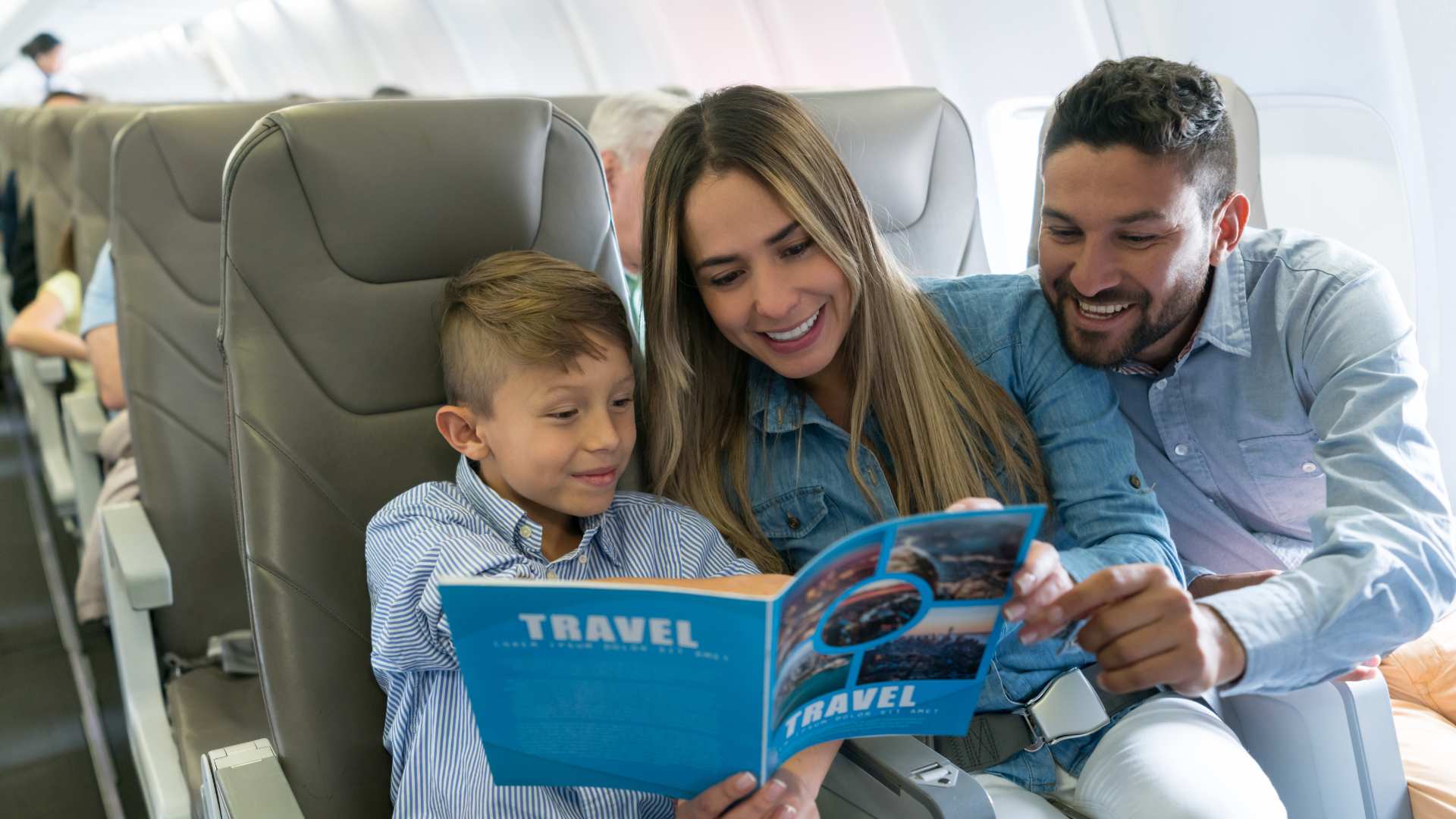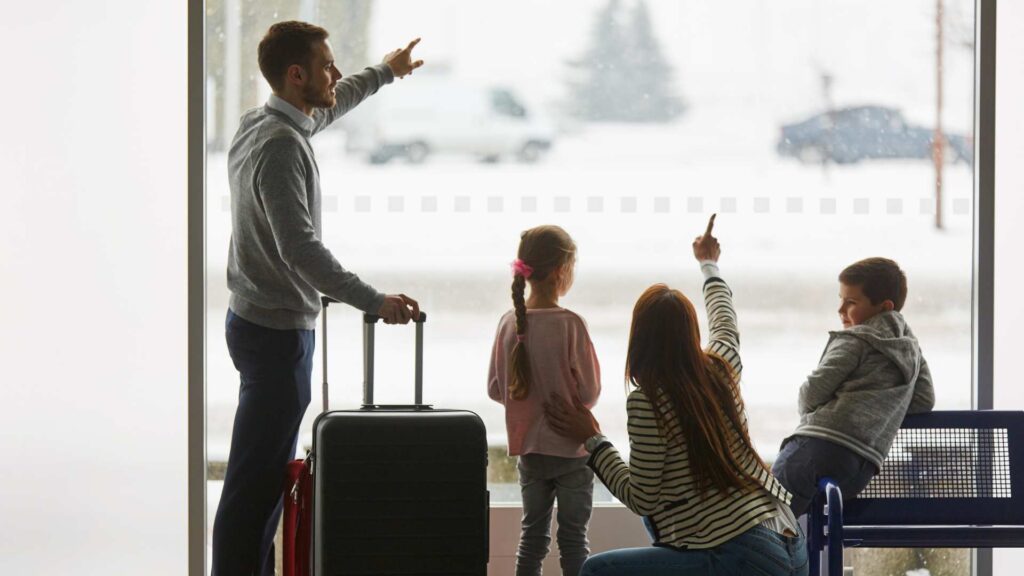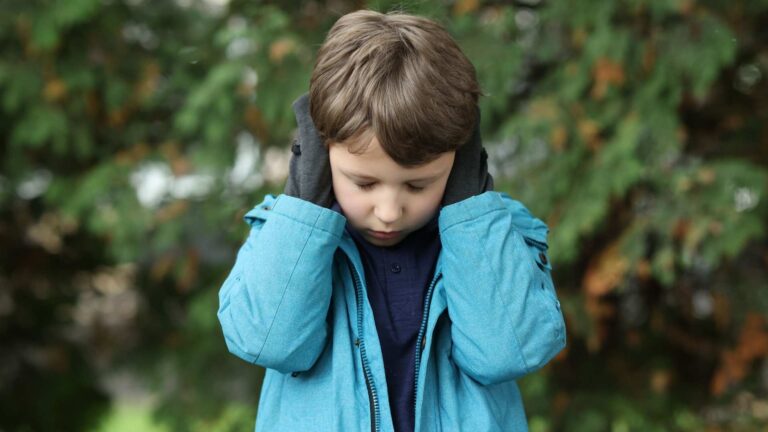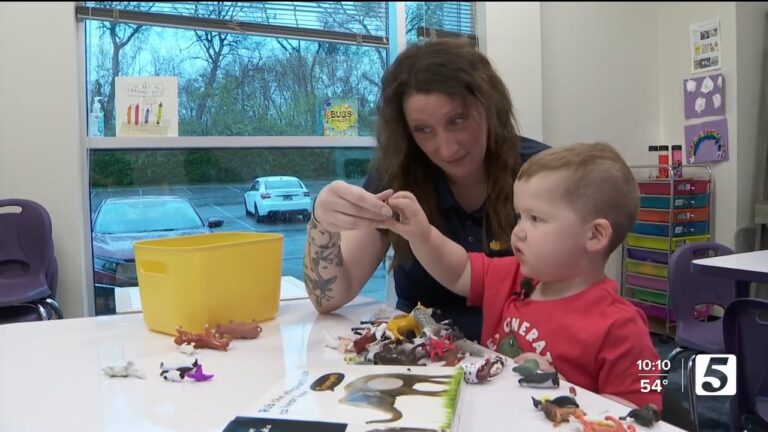Table of Contents
Is traveling challenging for individuals with ASD?
For many families, the arrival of summer means planning road trips, booking flights, and mapping out long-awaited vacations. The promise of adventure and relaxation hangs in the air. But for families with children on the autism spectrum, the idea of a getaway can stir up more anxiety than excitement. When it comes to autism and traveling, the question isn’t just “Where should we go?” but rather “How can we make this work for our child?”
Children with autism often thrive in structure. Their world is typically one where routine, predictability, and familiar surroundings provide a sense of safety. In contrast, travel is the exact opposite. It’s about changes—in environment, schedule, food, people, sounds, and expectations. For many neurotypical families, these changes are part of the fun. But for someone on the spectrum, they can be overwhelming and sometimes even dysregulated.
The truth is that vacations and adventures don’t have to be out of reach. With thoughtful planning, patience, and the right strategies, families can create beautiful summer memories that feel manageable and enjoyable for everyone.
In this blog by ABA Centers of Tennessee, we explore how autism and traveling intersect, the challenges individuals with autism face when navigating unfamiliar territory, and how families can prepare for thriving and inclusive summer vacations.
Why Travel Can Be Challenging for Children with Autism
To understand the impact of autism and traveling, we need to recognize the role of sensory sensitivities and predictability in a child’s comfort. Autism spectrum disorder (ASD) affects the way individuals perceive and respond to their environment.
Individuals with ASD experience sensory processing challenges—such as sensitivity to sound, touch, lights, or smells—which can make unfamiliar or crowded places like airports, rest stops, or amusement parks feel chaotic and distressing.
Additionally, transitions are often difficult for children with autism. Leaving a known environment, even temporarily, may disrupt their sense of security.
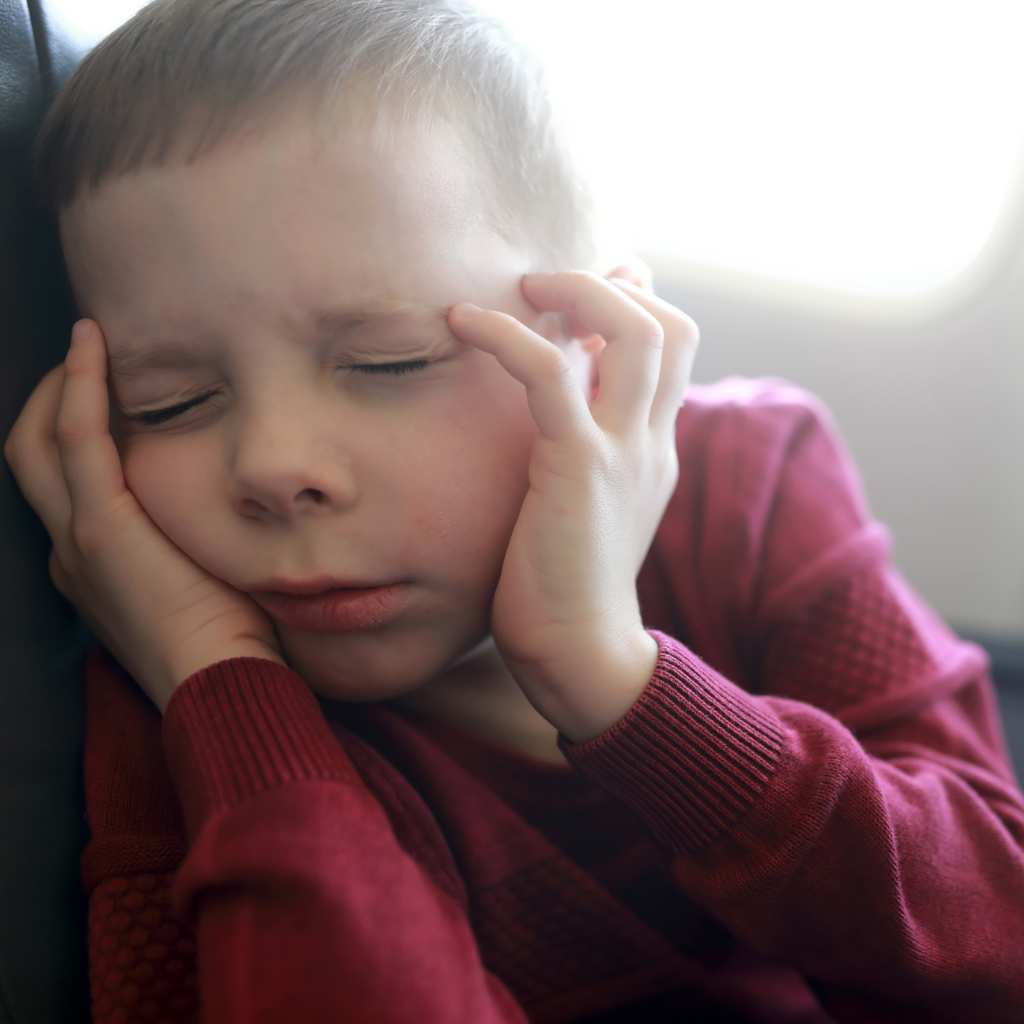
The unpredictability of travel, delayed flights, loud noises, or changes in sleeping arrangements can heighten anxiety and lead to meltdowns or shutdowns.
Social interactions can also complicate autism and traveling. From encountering unfamiliar people to adjusting to different rules or expectations in public settings, a child with autism may struggle to adapt quickly. This experience can be challenging not only for the child but also for caregivers who are trying to keep things on track while managing emotional and behavioral responses.
Autism and Traveling: 7 Strategies to Support Children with Autism
When it comes to autism travel tips, the most powerful tool parents have is preparation, whether it is choosing autism-friendly destinations or knowing what to expect. Below are some detailed strategies to help your family navigate summer travel more confidently:
- Introduce the Idea Gradually: Use visual tools, social stories, or even role-playing to show your child what travel will look like. Start days or weeks ahead of time so your child has time to process and ask questions.
- Maintain a Visual Schedule: Even if your vacation schedule is different from your home schedule, creating a visual timeline of the day’s events can provide predictability. Include meal times, travel times, activities, and rest breaks.
- Pack Familiar Comfort Items: Bring along your child’s favorite toys, snacks, sensory supports (like weighted blankets or noise-canceling headphones), and anything that provides a sense of calm.
- Plan for Sensory-Friendly Stops: Whether you’re traveling by car, train, or plane, schedule breaks in quieter or less stimulating environments. Airports sometimes offer sensory rooms, and many amusement parks now have sensory-friendly maps or passes.
- Practice Travel in Small Steps: Before a long trip, try short outings to simulate parts of the travel experience. For example, visit a train station, take a short bus ride, or stay overnight at a local hotel to practice sleeping in a new bed.
- Communicate with Service Providers: Let airlines, hotels, or attractions know about your child’s needs ahead of time. Many offer accommodations such as priority boarding, special seating, or quiet waiting areas.
- Prepare for Delays and Transitions: Always build in extra time and have a backup plan. Bring activities to keep your child occupied, and use timers or countdowns to help them anticipate changes in the plan.
Airplane Travel: What to Consider for Autism and Traveling
Consider visiting the airport ahead of time if your local terminal offers a practice program. Some programs allow families to do mock check-ins and boarding procedures so children can become familiar with the process. Check Autism Flies programs to practice boarding.
Let your airline know in advance if you need early boarding or seat preferences. When booking, consider aisle seats for easy access or window seats for visual interest. Use headphones to block loud engine noises, and bring gum, snacks, or chewy toys to help with pressure changes during takeoff and landing.
Autism Travel Tips for Road Trips
Car travel offers more flexibility, but it can still be challenging. Long rides can be hard for kids with autism who need movement or who become easily bored. Try to keep a consistent travel routine: leave at the same time each day, play familiar music, and offer clear choices during breaks.
Use car organizers to keep sensory toys, fidget items, and calming visuals within reach. For children who resist being buckled in due to sensory issues, consider practicing car seating ahead of the trip.
When planning a car ride with your child with autism, look for rest stops or roadside attractions that provide open spaces, quiet, or visual stimulation that your child enjoys. These breaks can be restorative for the whole family.
Summer Travel Tips for Trains, Buses, and Other Public Transport
While it is less common for some families, train or bus travel is another transportation option. These environments tend to be more structured but can still be overwhelming due to crowds or noise. Bring visual support to show your child where you are and what’s next. Engage in quiet activities like drawing, puzzles, or favorite movies on a tablet with headphones.
Some train lines now offer quiet cars, which are ideal for families dealing with autism and traveling. When in doubt, ask customer service what accommodation may be available.
Teaching Coping Skills Through ABA Therapy
A significant part of successful travel is not just avoiding triggers but equipping children with autism to manage them. That’s where ABA therapy becomes especially helpful.
ABA therapists can work with families to simulate upcoming travel experiences and teach children how to respond when they feel anxious, overstimulated, or unsure. Whether it’s practicing asking for a break, using calming strategies, or adjusting to a new routine, these learned behaviors make all the difference.
Parents can also learn how to respond effectively to meltdowns or signs of distress on the road, ensuring a more supportive environment for the entire family.
ABA Centers of Tennessee: Supporting Families Beyond Routine
At ABA Centers of Tennessee, we support families year-round, not only through structured therapy sessions but also by helping them prepare for real-life moments like summer vacations.
Our therapists provide personalized ABA programs that incorporate family routines, build independence, and teach critical coping strategies. Whether your child is learning to tolerate new environments, manage transitions, or communicate their needs, we’re here to help them build those tools—one step at a time.
If you’re preparing for summer travel and want to set your family up for success, contact us at (844) 423-9483 or schedule a complimentary consultation to learn how ABA therapy can play a meaningful role.
Together, we’ll help your child move through the world with more confidence, calm, and joy.

